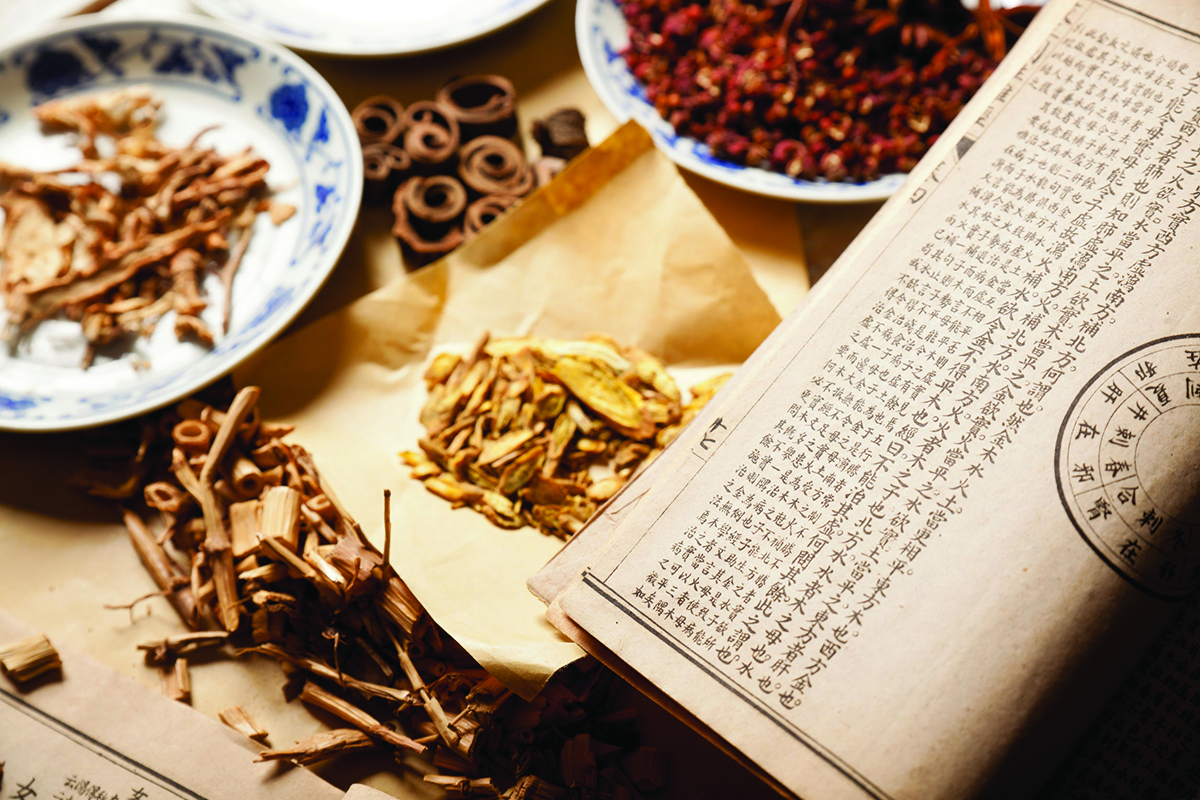Traditional Chinese Medicine (TCM) is a healing system of Eastern medicine developed more than 2,500 years ago.
The premise of TCM is that good health relies on the restoration and maintenance of harmony, balance and order to the individual. Since its inception, Chinese medicine has evolved and developed into a very sophisticated and rational system of medicine along the way.
TCM encompasses different practices, including acupuncture, moxibustion (burning an herb above the skin to apply heat to acupuncture points), Chinese herbal medicine, tui na (Chinese therapeutic massage), dietary therapy, and tai chi and qi gong (practices that combine specific movements or postures, coordinated breathing, and mental focus). Today Chinese medicine continues to develop in new and exciting ways and is utilized by millions of people around the world.


Although reviews and studies on TCM are promising, it is not widely accepted by the modern medicine community due to insufficient good-quality evidence, small quantity or poor quality of the studies and inconsistent or irreplicable results. Besides that, there are other safety and regulatory concerns over the practise of traditional Chinese medicine such as:
- There have been reports of products being contaminated
- Some of the herbs used in Chinese medicine such as red yeast rice, ginkgo, etc can interact with drugs, can have serious side effects, or may be unsafe for people with certain medical conditions.

However, the scientific community all over the world is taking steps to improve research qualities in TCM to meet international standards and expectations. This includes redefining randomized clinical studies and trials, developing new research methodologies, establishing peer-reviewed journals, training programs for researchers, and development of new comprehensive databases for TCM.
If you are thinking about using TCM, please consider the following so that you get the best out of it:
- Look for published research studies on TCM for the health condition that interests you.
- Always ensure the TCM herbal remedies are manufactured in a GMP facility and registered under the ministry of health.
- Do not use TCM to replace effective conventional care or as a reason to postpone seeing a health care provider.
- Use TCM herbal remedies under the supervision of your health care provider or a professional trained in herbal medicine.
- Conduct background check or ask about the training and experience of the TCM practitioner you are considering.
- If you are pregnant or nursing, or are thinking of using TCM to treat a child, you should consult your health care provider.
- Tell all your health care providers about any complementary health approaches you use. Give them a full picture of what you do to manage your health.
"How to Get the Best of Traditional Chinese Medicine in Modern Days" - Free Talk
ALTERNI which is a subsidiary of an Australian listed company is organising a public health seminar as part of its annual sponsored community event. This talk will give you valuable insights about TCM and how to get the best of it.
Date : 16 January 2016 (Saturday)
Time : 10am – 12pm (Chinese) 2pm – 4pm (English)
Venue : Holista Colltech 12th Floor, PJ Tower, Amcorp Trade Centre, Petaling Jaya. (Opposite Taman Jaya Putra LRT)
If you are keen to attend the talk, RSVP now as only limited seats are available.
For reservations, lease call 1-300-88-1717 or register at www.myhealthseminar.com

References
- Traditional Chinese Medicine by National Center for Complementary and Integrative Health (NCCIH), National Institute of Health under U.S. Department of Health & Human Services.
- Birdee GS, Wayne PM, Davis RB, et al. T’ai chi and qigong for health: patterns of use in the United States. Journal of Alternative and Complementary Medicine. 2009;15(9):969–973.
- Chan E, Tan M, Xin J, et al. Interactions between traditional Chinese medicines and Western therapeutics. Current Opinion in Drug Discovery & Development. 2010;13(1):50–65.
- Kaptchuk TJ. The Web That Has No Weaver: Understanding Chinese Medicine. 2nd ed. New York, NY: McGraw-Hill, 2000.
- Ko RJ. A U.S. perspective on the adverse reactions from traditional Chinese medicines. Journal of the Chinese Medical Association. 2004;67(3):109–116.
- Li CG, Moyle K, Xue CC. Problems and challenges of Chinese herbal medicine. In: Leung P-C, Xue CC, Cheng Y-C, eds. A Comprehensive Guide to Chinese Medicine. River Edge, NJ: World Scientific Publishing Co.; 2003.
- Manheimer E, Wieland S, Kimbrough E, et al. Evidence from the Cochrane Collaboration for traditional Chinese medicine therapies. Journal of Alternative and Complementary Medicine. 2009;15(9):1001–1014.
- O’Brien KA, Xue CC. The theoretical framework of Chinese medicine. In: Leung PC, Xue CC, Cheng YC, eds. A Comprehensive Guide to Chinese Medicine. River Edge, NJ: World Scientific Publishing Co.; 2003.
- Vickers AJ, Cronin AM, Maschino AC, et al. Acupuncture for chronic pain: individual patient data meta-analysis. Archives of Internal Medicine. 2012;172(19):1444–1453.
- Xue CC, O’Brien KA. Modalities of Chinese medicine. In: Leung PC, Xue CC, Cheng YC, eds. A Comprehensive Guide to Chinese Medicine. River Edge, NJ: World Scientific Publishing Co.; 2003.


